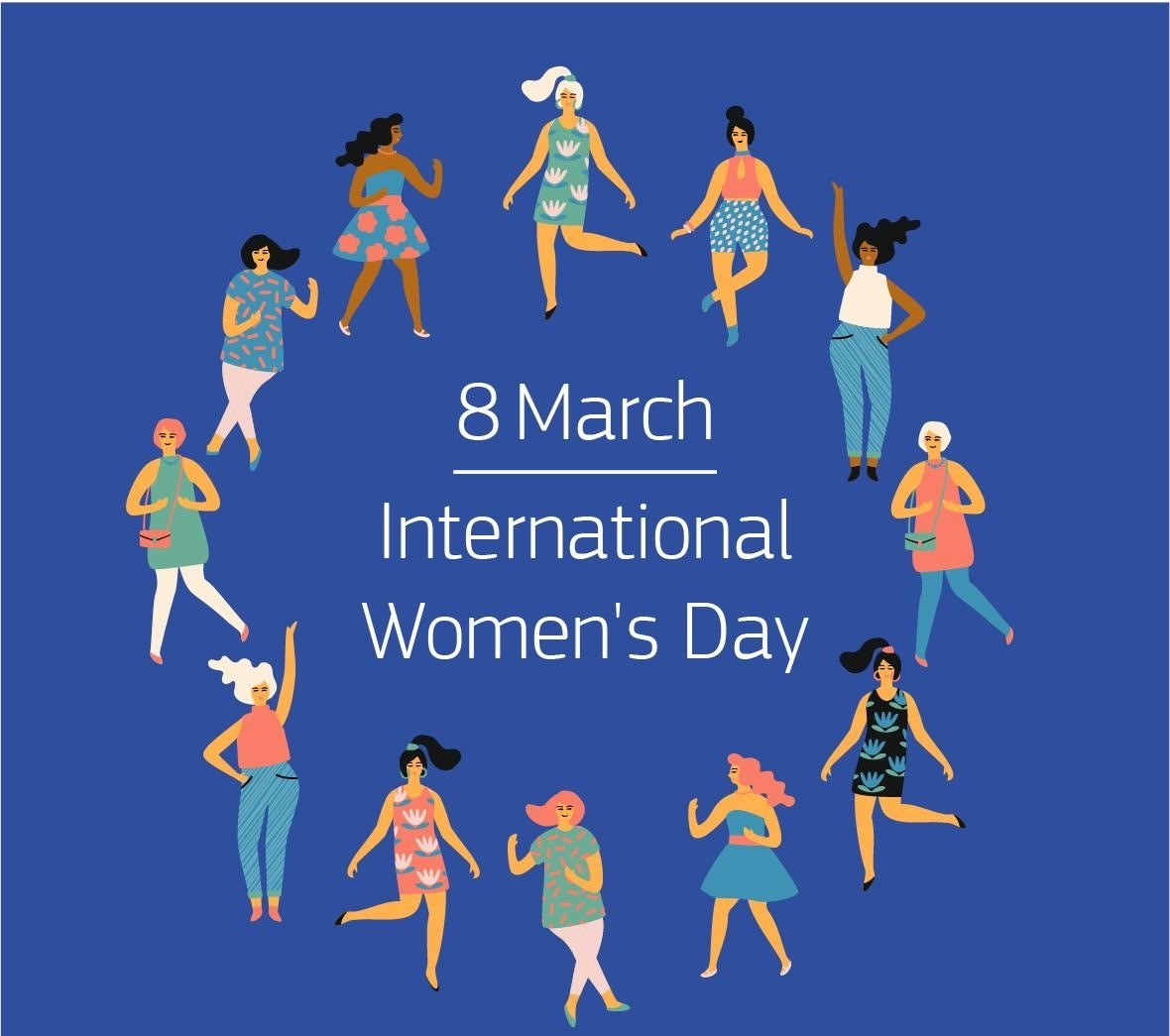In celebration of International Women’s Day, we’re highlighting the common misconceptions about women who find themselves homeless
- Women are less likely to be homeless
There are different forms of homelessness and while women may not be as visible to the public when homeless, they make up 60 percent of those in temporary accommodation and refuges. In the rough sleeping strategy published in 2022, the government acknowledges that the counts are likely to under-represent women’s homelessness. There is qualitative data which would suggest women’s experience of homelessness is often ‘hidden’.
- Women who are considered single and homeless are not mothers
The category of ‘single homeless’ includes women who are mothers but do not have full custody of their children. If a mother has become homeless and is not living with her dependents, it can also affect her rights and entitlements. She may not be eligible for housing with enough bedrooms to accommodate them if they are staying with family members. This can thwart her efforts of getting her children back in her full-time care.
- Women are more likely to ask for help
Whilst women may be more likely to ask for help from friends and family, they can often feel unsafe accessing services where males dominate. One of the reason’s CENS refurbished during the lockdown is so that each bedroom has its own ensuite. This means that women don’t have to share bathrooms or toilets with males. Staff also complete detailed risk assessments and do their best to ensure female service users feel safe while here.
